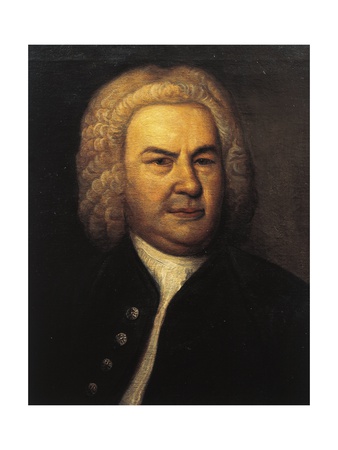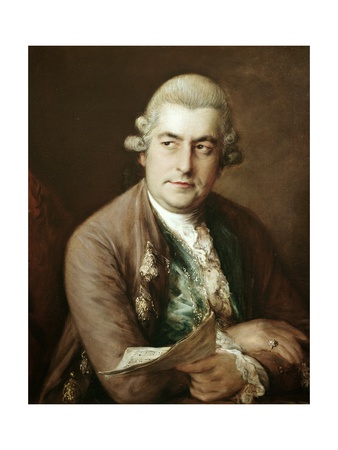Research from Hughes, JR and JJ Fino:
The goal of this study was to determine distinctive aspects of Mozart music that may explain the “Mozart effect,” specifically, the decrease in seizure activity. As many as 81 musical selections of Mozart, but also 67 of J.C. Bach, 67 of J.S. Bach, 39 of Chopin and 148 from 55 other composers were computer analyzed to quantify the music in search of any distinctive aspect and later to determine the degree to which a dominant periodicity could be found. Long-term periodicity (especially 10-60 sec, mean and median of 30 sec), was found often in Mozart music but also that of the two Bachs, significantly more often than the other composers and was especially absent in the control music that had no effect on epileptic activity in previous studies. Short-term periodicities were not significantly different between Mozart and the Bachs vs. the other composers. The conclusion is that one distinctive aspect of Mozart music is long-term periodicity that may well resonate within the cerebral cortex and also may be related to coding within the brain.
Long-term periodicity is the measure of the length of phrases within music. Popular music is mostly divided into four-measure phrases; at 60 beats per minute, this translates into approximately 15-second phrases, but at 120 beats per minute, the tempo of most popular music, the phrase lasts only eight seconds. The mean and median of phrases from Mozart and the Bachs was thirty seconds, twice or four times as long, but also had phrases lasting up to a minute in length, while even the shortest phrases were ten seconds. It’s these long phrases that appear to have the effect, and that is why other types of music are not as effective in treating epilepsy. Only classical music, and not all classical music, has these long phrases. There may be other factors, such as chord structure, phrase overlap, harmonic progression and many others that have not yet been analyzed, so clearly there is much more work to do. But it’s clear that the decrease in seizure activity may be somehow related, at least in part, to the long-term periodicity.


